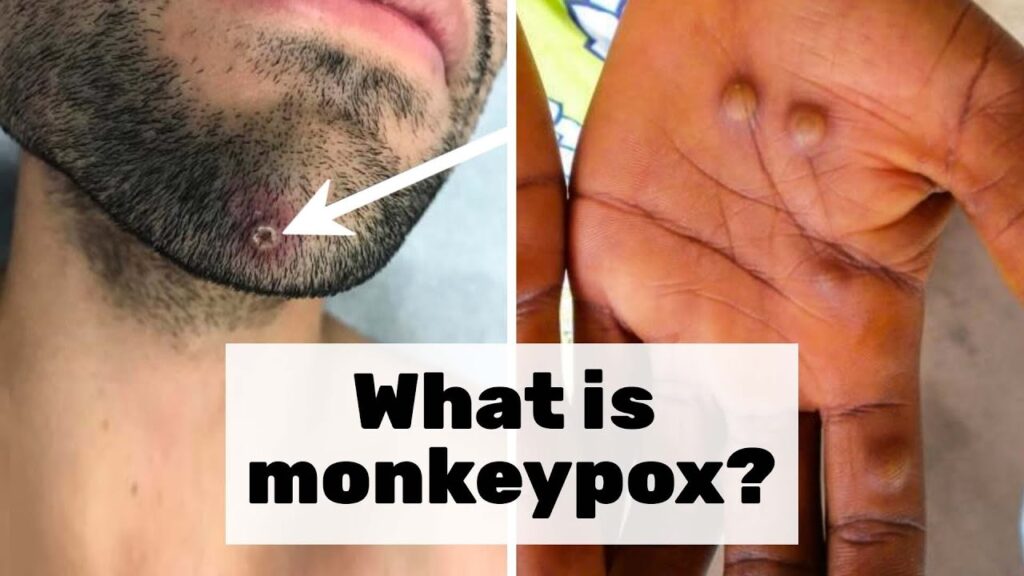The Truth about Sunscreens: Experts Weigh In on Safety and Regulations
Summary
Recent findings by the Food and Drug Administration (FDA) that some chemicals in certain sunscreens can enter the bloodstream have raised concerns about their safety. A study revealed that sunscreen ingredients could be absorbed into the bloodstream and reach levels higher than the regulatory threshold. On the other hand, mineral-based sunscreens are safe and effective, and consumers can opt for them as an alternative. In this article, dermatologists weigh in on the safety of sunscreens and clarify the regulations regarding their testing.
Table of Contents
- Why are there concerns about sunscreen safety?
- What do dermatologists recommend to protect against sun damage?
- Are mineral-based sunscreens safe?
- What are the regulations about sunscreen testing?
- Can sunscreen ingredients really cause harm?
- What should consumers do to stay safe under the sun?
- Conclusion
Introduction
Skin cancer is a prevalent disease, and sun exposure is the primary cause of this disease. The World Health Organization recommends wearing sunscreen as a crucial aspect of sun protection. However, recent studies indicating that some chemicals in certain sunscreens can enter the bloodstream have raised questions about the safety of sunscreen. In this Q&A, we ask dermatologists to weigh in on this issue and clarify the regulations surrounding sunscreen testing.
Q&A
Why are there concerns about sunscreen safety?
The FDA recently conducted a study that looked at four different widely available sunscreen formulations that contain chemical filters known to absorb UV light. The study discovered that some of the chemicals in the sunscreens can enter the bloodstream, raising concerns about its safety. It found notable absorption of sunscreen ingredients into the bloodstream, with levels reaching greater than the regulatory threshold. This discovery means that these sunscreen ingredients can travel to other parts of the body and potentially cause harm.
What do dermatologists recommend to protect against sun damage?
Dermatologists recommend that people wear sunscreen to protect against the sun’s harmful UV rays. However, we also advise seeking shade, wearing protective clothing that blocks UV rays, including long sleeves, hats, and sunglasses. It is also helpful to avoid outdoor activities during peak times for sun exposure between 10 am and 2 pm.
Are mineral-based sunscreens safe?
Yes, mineral-based sunscreens are safe and effective. Mineral sunscreens contain zinc oxide and titanium dioxide as active ingredients. They work by sitting on top of the skin and reflecting UV rays rather than being absorbed into the skin. Mineral sunscreens have been tested and found to be safe, unlike chemical sunscreens. These sunscreens are also safe for children and pregnant women.
What are the regulations about sunscreen testing?
Currently, sunscreen companies do not have to conduct safety testing before selling their products. This situation means that many sunscreen ingredients have not undergone any testing for their safety or systemic absorption. However, the FDA is implementing safety testing on 12 ingredients commonly used in sunscreen to check for systemic absorption.
Recently, the FDA has requested sunscreen companies to conduct safety testing. The sunscreen companies have until November 2019 to provide the necessary data, after which products could be pulled from the market. This mandate will be a significant step forward regarding sunscreen safety because it will require sunscreen companies to provide safety testing for the first time.
Can sunscreen ingredients really cause harm?
The studies conducted so far have shown that some sunscreen ingredients can enter the bloodstream, but it is not yet clear whether these ingredients can cause harm. However, it is essential to note that the absence of evidence for harm does not mean that there is no risk.
Research on the safety of sunscreen has been limited, but researchers continue to uncover new information. It is crucial to stay informed on this issue by regularly checking the FDA website for updates on sunscreen safety and testing.
What should consumers do to stay safe under the sun?
It is vital to protect your skin from the sun’s harmful rays as much as possible. While sunscreen is still an essential piece of protection, especially when being outside during peak hours, consumers who are concerned about the chemical ingredients of some sunscreens can opt for mineral sunscreens.
Consumers need to remember that sun exposure is still dangerous, and they should seek shade, wear protective clothing, hats, and sunglasses, and avoid outdoor activities during peak times for sun exposure.
Conclusion
Sunscreens are essential for protecting the skin from the sun’s harmful UV rays. However, the recent discovery by the FDA that some chemicals in certain sunscreens can enter the bloodstream has raised questions about their safety. Consumers should opt for mineral-based sunscreens as an alternative because they have been tested and are safe. Moreover, it is crucial to remind people that sun exposure can be dangerous and consistently seek shade and wear protective clothing when outside during peak times for sun exposure. The FDA is working to better understand the safety of sunscreen, and it is vital to stay informed on this issue.







